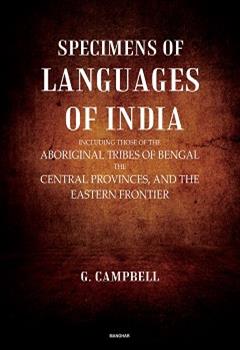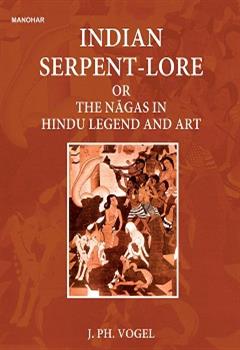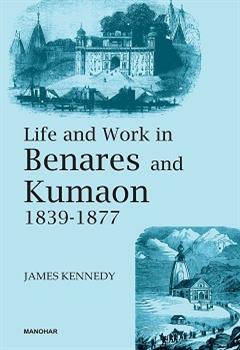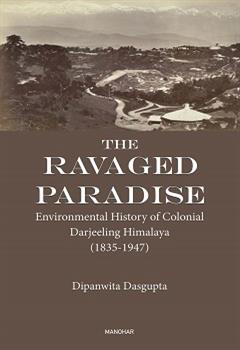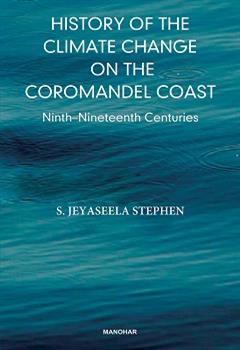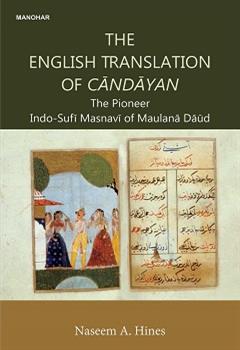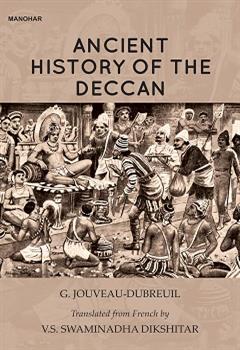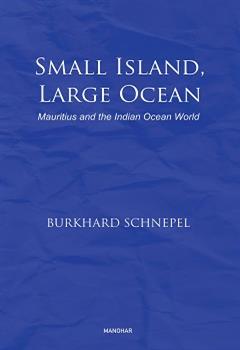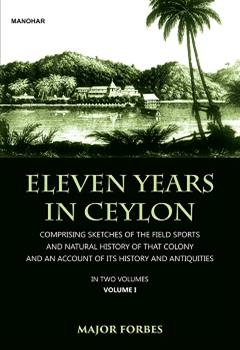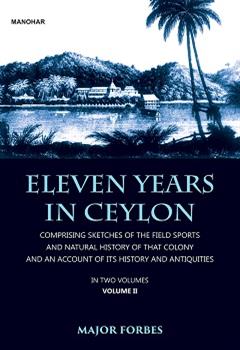History
Featured Products
Specimens of Languages of India: Including those of the Aboriginal Tribes of Bengal the Central Provinces, and the Eastern Frontier
₹1,224.50
M.R.P.:₹ 1,550.00
You Save: ₹325.50 (21.00% OFF)
Indian Serpent-Lore or the Nagas in Hindu Legend and Art
₹1,180.30
M.R.P.:₹ 1,595.00
You Save: ₹414.70 (26.00% OFF)
Life and Work in Benares and Kumaon 1839-1877
₹1,162.50
M.R.P.:₹ 1,550.00
You Save: ₹387.50 (25.00% OFF)
The Ravaged Paradise: Environmental History of Colonial Darjeeling Himalaya (1835-1947)
₹1,040.25
M.R.P.:₹ 1,425.00
You Save: ₹384.75 (27.00% OFF)
History of the Climate Change on the Coromandel Coast: Ninth-Nineteenth Centuries
₹985.50
M.R.P.:₹ 1,350.00
You Save: ₹364.50 (27.00% OFF)
The English Translation of Candayan: The Pioneer Indo-Sufi Masnavi of Maulana Daud
₹1,480.00
M.R.P.:₹ 1,850.00
You Save: ₹370.00 (20.00% OFF)
Small Island, Large Ocean: Mauritius and the Indian Ocean World
₹1,050.00
M.R.P.:₹ 1,500.00
You Save: ₹450.00 (30.00% OFF)
Eleven Years in Ceylon: Comprising Sketches of the Field Sports and Natural History of that Colony and an Account of its History and Antiquities (Vol. I)
₹1,216.00
M.R.P.:₹ 1,600.00
You Save: ₹384.00 (24.00% OFF)
Eleven Years in Ceylon: Comprising Sketches of the Field Sports and Natural History of that Colony and an Account of its History and Antiquities (Vol. II)
₹980.00
M.R.P.:₹ 1,400.00
You Save: ₹420.00 (30.00% OFF)


